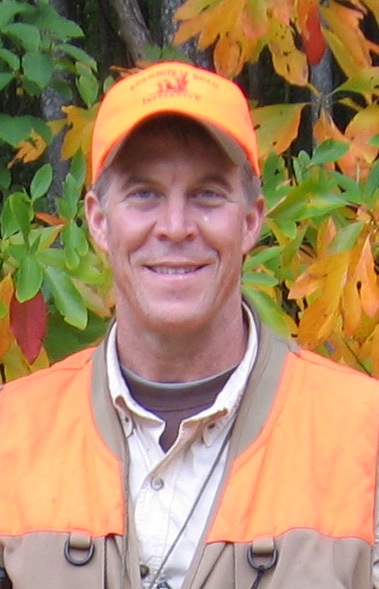I was feeding Sammy, my Brit, one recent evening when I heard it. I knew what it was, even though I didn’t know what it was. The same strange noise emanated from my quail meadow at twilight last year about this time … and the year before that. The high-pitched, descending raspy screech lasts about one second, and is repeated irregularly until well after dark. It emanates from different spots in the meadow; are there multiple sources, or one source moving around? The noise is loud, abrasive … and it’s a mystery.
For the record, I’m pretty skilled at identifying animal sounds. Even as a game bird guy, I can hold my own with most of the hardcore birders when identifying bird songs and calls, plus I know the frog and toad calls. But this sound has stumped me for years. I couldn’t even determine mammal or bird. Of course, I’ve tried finding it in the past, but the sounds always seem to stop only to start up again in a different place. Plus, they seem to have a ventriloquist-like property, making them difficult to locate, like trying to pinpoint a spring peeper, even when bent right over it.
I had compiled an array of possibilities in my mind:
- barn owl? (never confirmed them on our property)
- short-eared owls migrating through? (never seen them here)
- gray foxes? (never seen them here, either)
- raccoons?
- the Fouck Monster? (look it up).
Admittedly, the better I know and understand wildlife and habitats, the more highly I value the remaining unknowns … the mysteries. This mysterious animal noise has added years of intrigue to our restored native grassland.
Enough was enough, this evening. I walked through the meadow toward the sound. As before, it stopped, and started coming from a different direction. I turned and walked that way, but it quit, and started from yet another direction … yet I saw nothing move. I needed reinforcements. I walked to the house and commandeered my wife and both our binoculars.
Two people was the secret. After a short while of slow stalking, we triangulated upon one of the shrieking spots in the grass. To me, it still sounded 100 yards out, but Sheryl insisted it was close, very close. Finally, she spotted a dark blob hobbling through the grass right in front of us, not 10 yards away. It got hung up on a briar and hunkered down, offering us a perfect view. The lenses of our binoculars were filled with a soccer ball-sized lump of gray fuzz, with two huge yellow eyes… a great horned owl fledgling! At that moment we finally noticed the agitated parents in the nearby tall pines, clacking their beaks and grunting alarm calls at the chicks… or at us. We were enjoying a new life experience, in our quail meadow, of all places.
We listened to the young shrieking owls—at least 3 of them, maybe 4—every evening from our deck, for the next two or three weeks. The shrieking has stopped now, presumably as their voices are changing and they are growing up to become effective house cat predators. This mystery is finally solved. But its intrigue is replaced with a better understanding and appreciation of the diverse values of a quail meadow.


